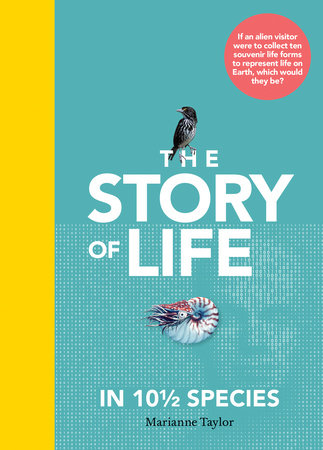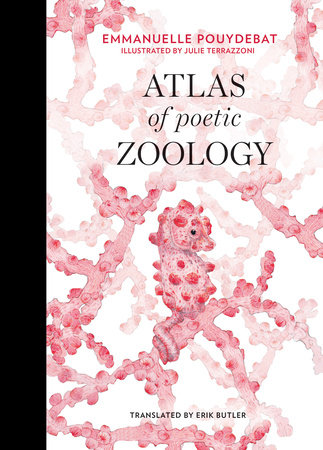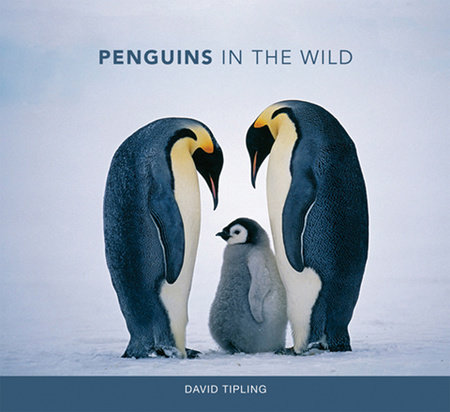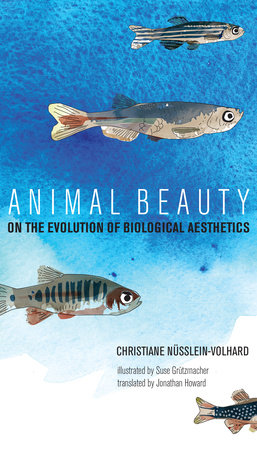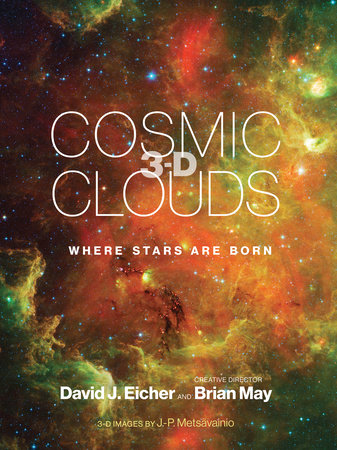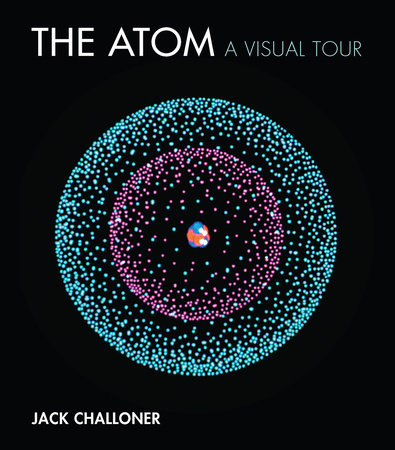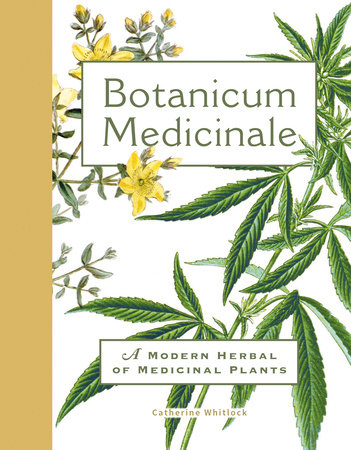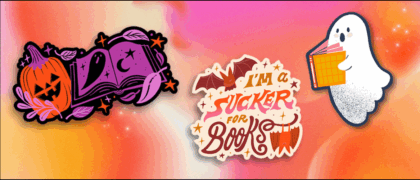We’re excited to announce that The MIT Press goes live with Penguin Random House on 7/1/2020!
Established in 1962, the MIT Press is one of the largest and most distinguished university presses in the world and a leading publisher of books and journals at the intersection of science, technology, art, social science, and design. MIT Press books and journals are known for their intellectual daring, scholarly standards, interdisciplinary focus, and distinctive design.
Reflecting the interdisciplinary nature of their book catalog, The MIT Press publishes in fields as diverse as art, architecture, business and management, cognitive science, computer science and artificial intelligence, design, economics, education, engineering, environmental science, linguistics, mathematics, neuroscience, philosophy, physics, technology, and social theory. Known for iconic design, rigorous scholarship, and creative technology, the Press advances knowledge by publishing significant works by leading educators and researchers around the globe for the broadest possible access, impact, and audience.
Their collaborative workplace fosters an open culture of diverse and spirited individuality that values employee initiative, supports professional growth, and encourages experimentation. The MIT Press is committed to increasing diversity and promoting inclusion in academic and STEAM publishing. Diversity takes many forms, and we recognize that the perspectives, experiences, and scholarship each of our authors and colleagues brings to the table enriches our publishing program, our workplace, and our world.
The MIT Press Fund for Diverse Voices supports the acquisition and development of book projects by and about women and other underrepresented groups in the STEM fields.







